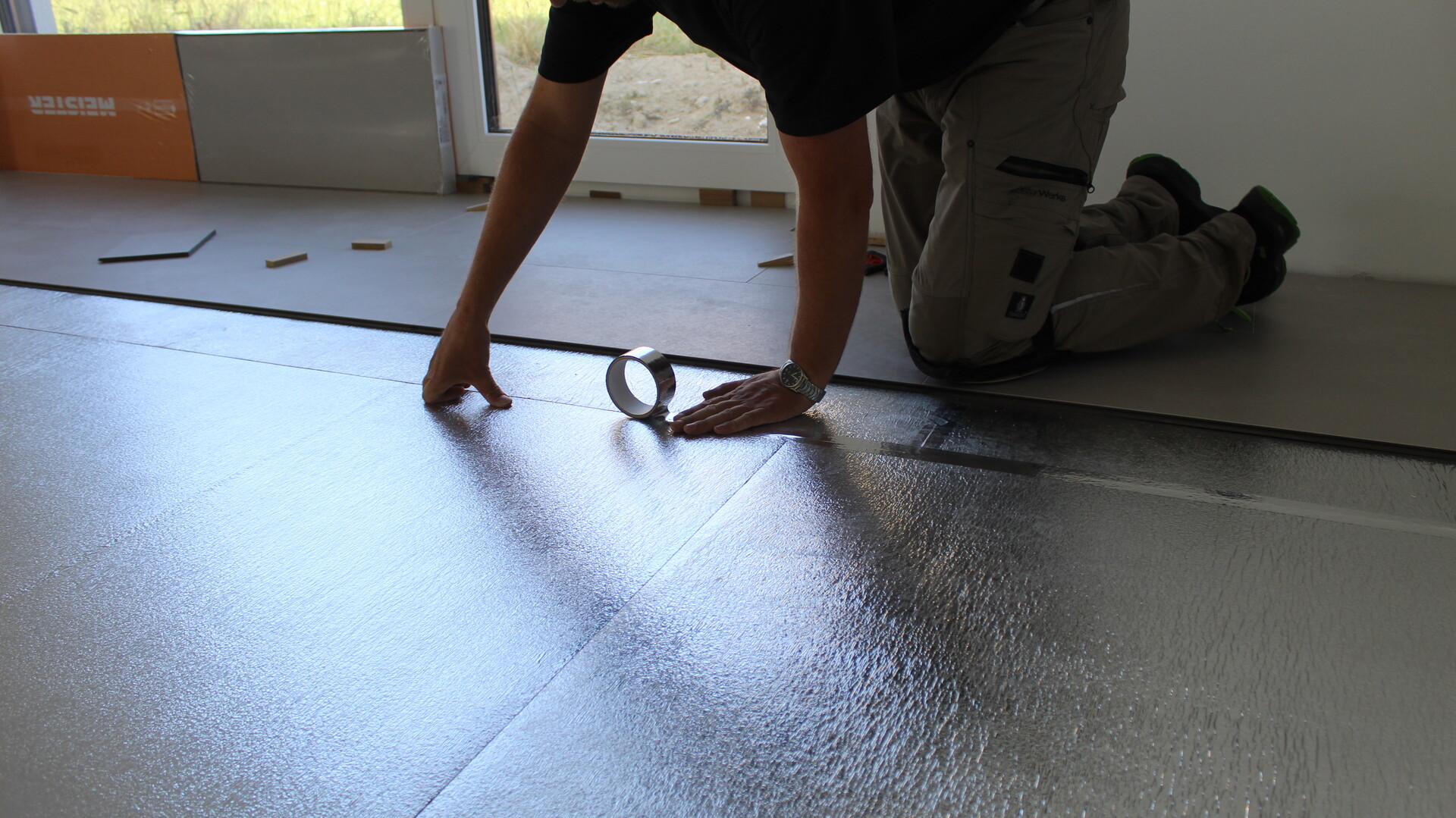
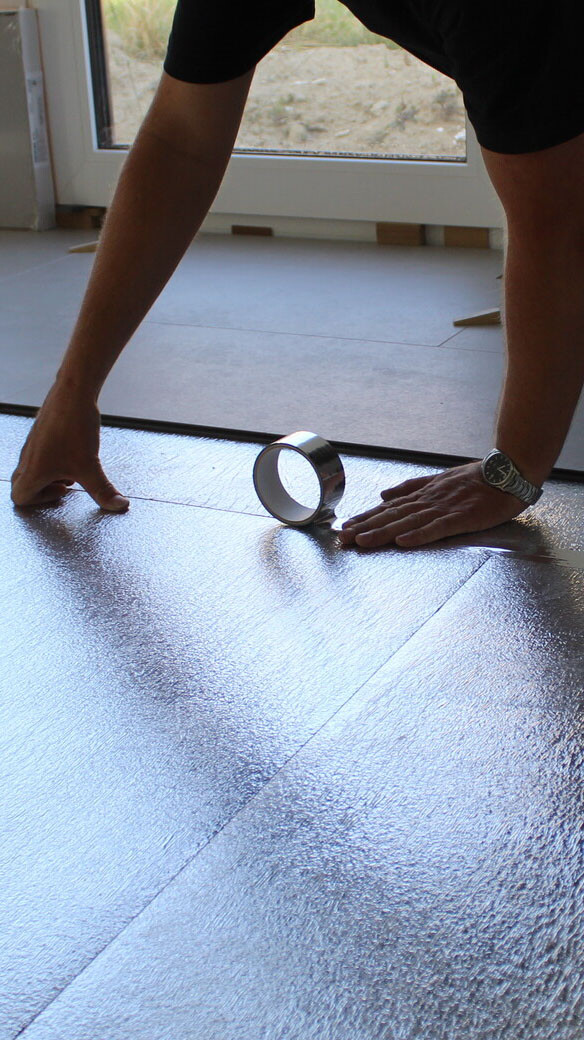

Moving chairs, walking, playing, vacuuming – many everyday activities generate footfall noise. This can be irritating over time. For your own well-being – and that of your neighbours – footfall noise protection is not only useful, it's a must. But which standards must be observed? And which sound-absorbing cushion is best for a particular floor?
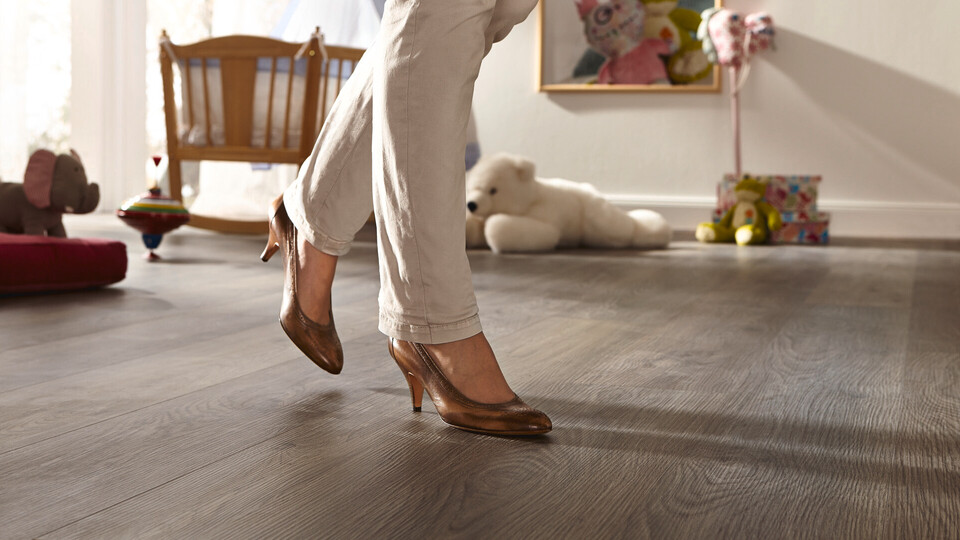
Nowadays, flooring is being installed more and more often as a floating floor. Many laminate, vinyl and parquet floors are now equipped with a convenient click system for easy installation. Unlike full-surface bonding, floating installation methods always leave a small gap between the subfloor and the flooring. Without a suitable insulating underlay, every step you take generates sounds that spread into adjacent rooms – footfall noise, which can easily be heard throughout the house.
There are two common methods for installing the cushion:
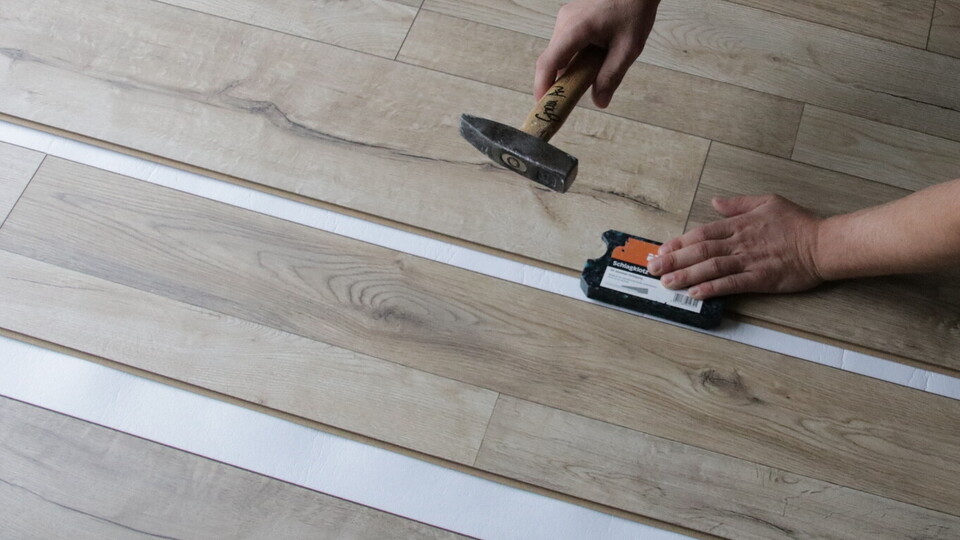
With floating floors such as laminate, parquet and vinyl flooring or design flooring, a good sound-absorbing cushion effectively ensures a quieter living atmosphere. It also gives the floor more stability and a softer feel underfoot. A sound-absorbing cushion made of plastic is generally suitable for any floor, but it's advisable to obtain individually tailored advice from the manufacturer or a specialist retailer. Click here for information on MEISTER underlay materials.
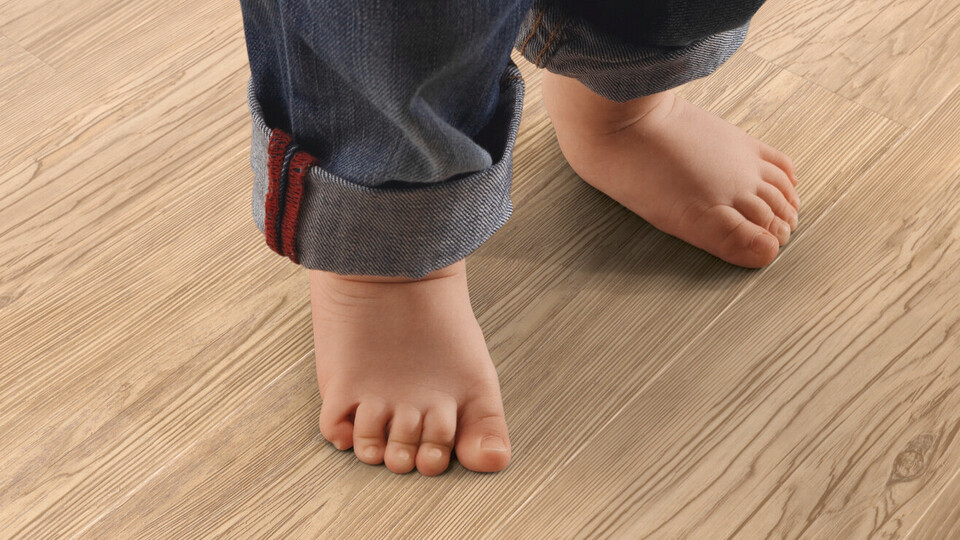
In rooms with underfloor heating, a few aspects have to be considered when it comes to the right sound-absorbing cushion. On the one hand, a very heat-permeable and hardly flammable material should be used. It is also advisable to choose the thinnest possible insulation – even if this has a lower effect than thicker variants. After all, the thicker the sound-absorbing cushion above the underfloor heating, the less heat gets into the room. This means poorer energy efficiency with simultaneously higher heating costs. To minimise noise, the material is installed as the first layer under the visible flooring and thus over the insulation resting on the heating system.